Whether it’s the sublime finesse of the Benarasi weave or the opulence of the Kashmiri Kashida embroidery, there is an Indian craft to add character to every couture creation. The sartorial legacy given to us by our rich culture has been tapped by the top couturiers season after season. The revered art of different needle and thread work, the canvas of handwoven benarasi and block printing have created some of the most coveted celebratory looks. Exploring the symphony of tradition and modernity, the echoes of fine hand embroidery have found resonance in contemporary expressions as well as traditional reprise. Revivalist designers who have been custodians of tradition and champions of innovation have been able to breathe life into age-old crafts. Here’s how these art forms are sculpting the narrative of Indian fashion today.
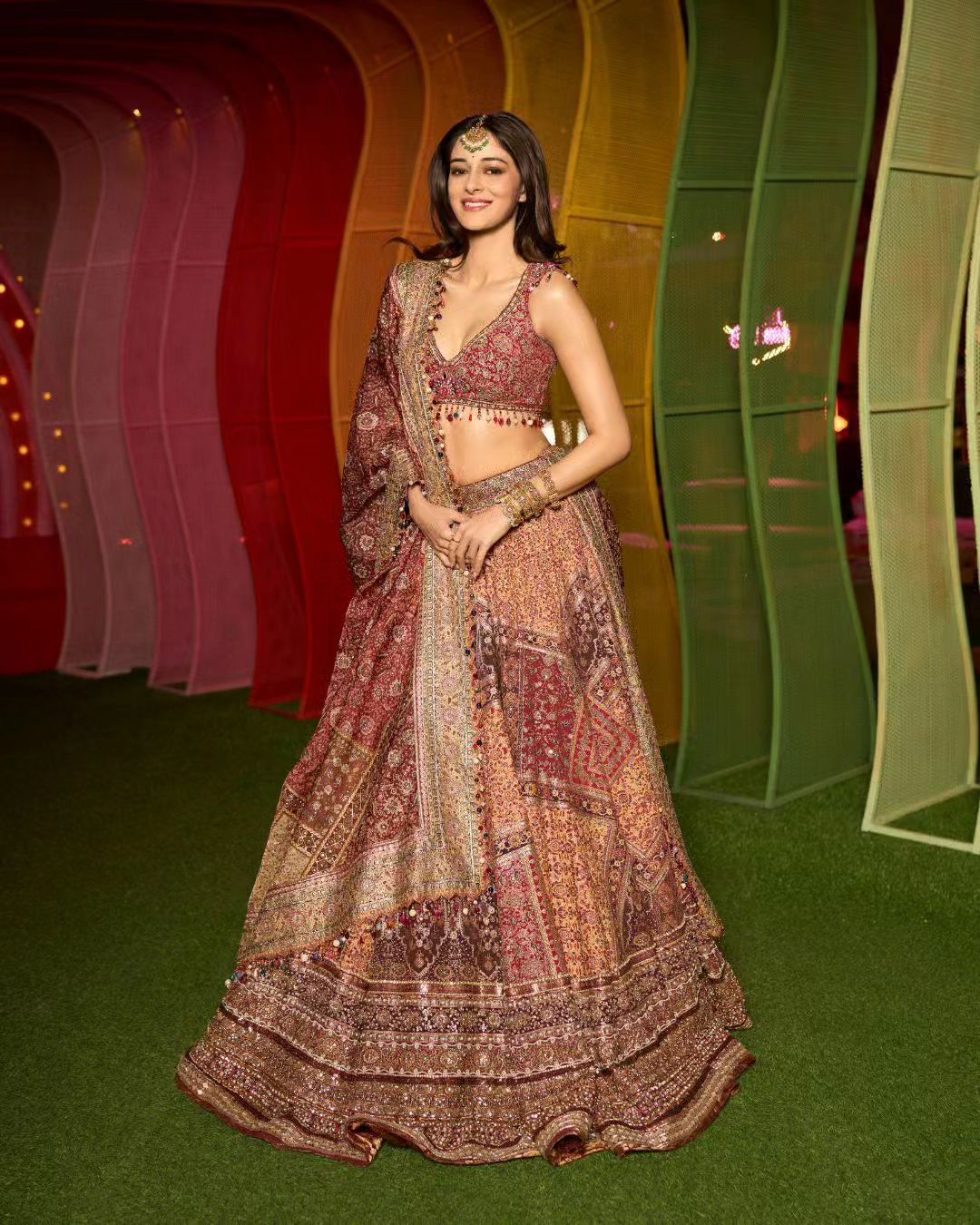
Ananya Panday in Tarun Tahiliani
Kashmiri Embroidery
The Kashmiri Kashida embroidery belongs to the heart of Himalayas, proving to be the testament of age-old artwork. Tarun Tahiliani is known to reinvent the traditional embroidery in his signature India Modern collections, creating new-age couture for today that can be heirlooms for tomorrow. Similarly, Manish Malhotra’s exquisite lineup of contemporary lehengas features the painstaking Kashmiri embroidery on a refreshing pastel palette for brides who seek a blend of tradition and modernity for their big day.

Tarun Tahiliani
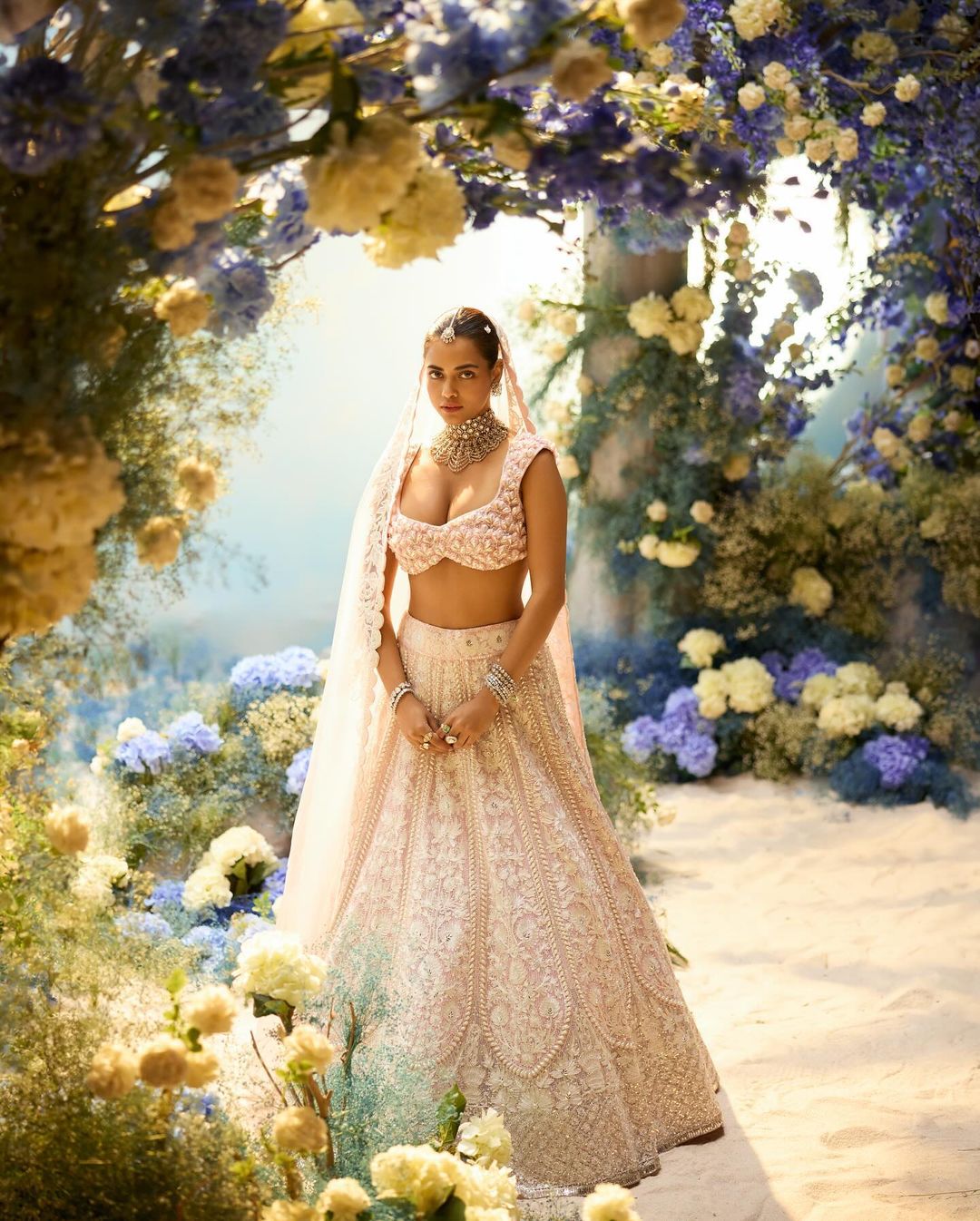
Manish Malhotra
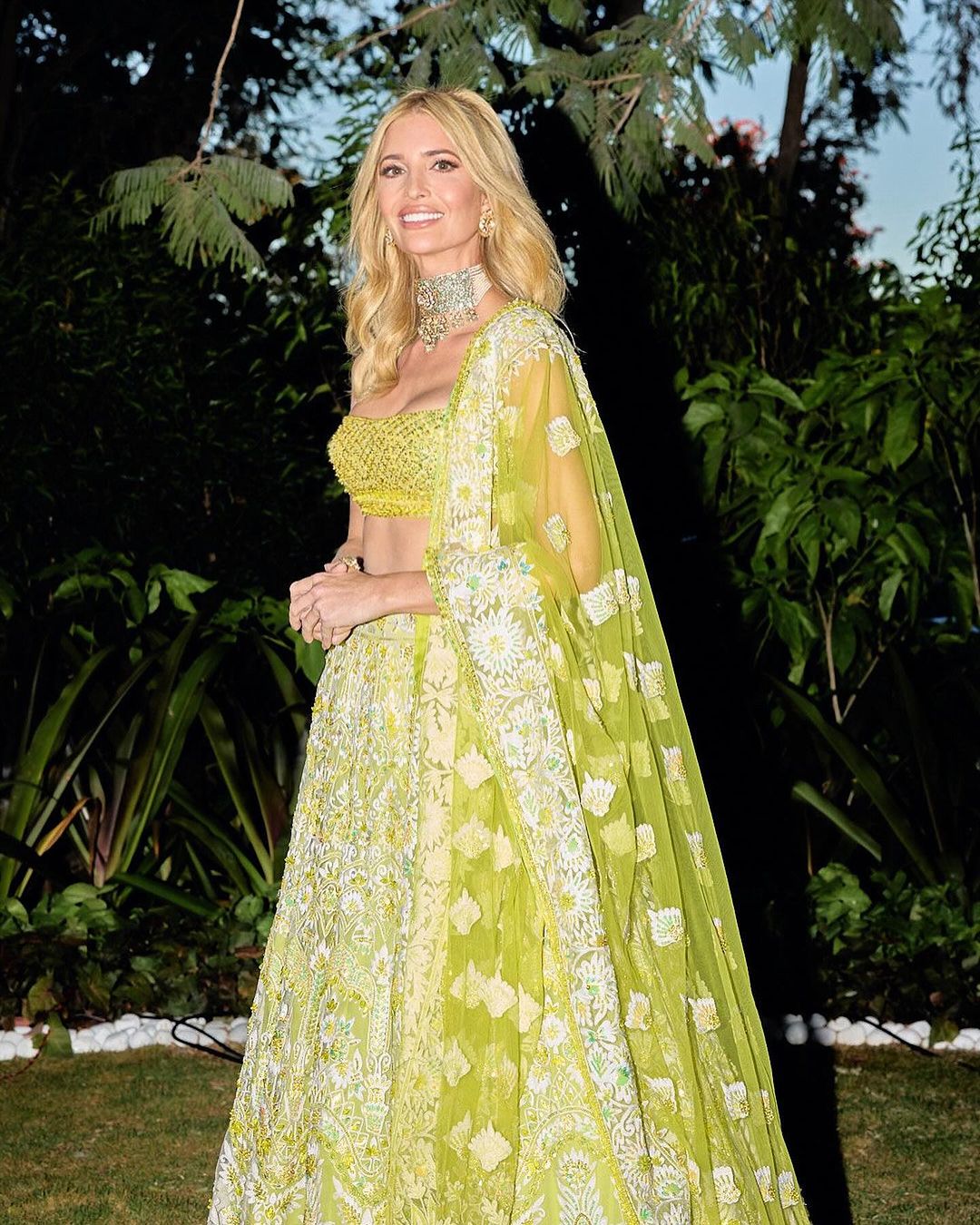
Ivanka Trump in Manish Malhotra
Benarasi Handloom
Steeped in tradition, the illustrious Benarasi handloom unfolds the rich tapestry of meticulously woven silk threads that has been a symbol of regal splendour. By blending traditional techniques with contemporary designs, Ekaya breathes new life into the classic Benarasi sari, making it a versatile choice for every occasion in one’s social diary.
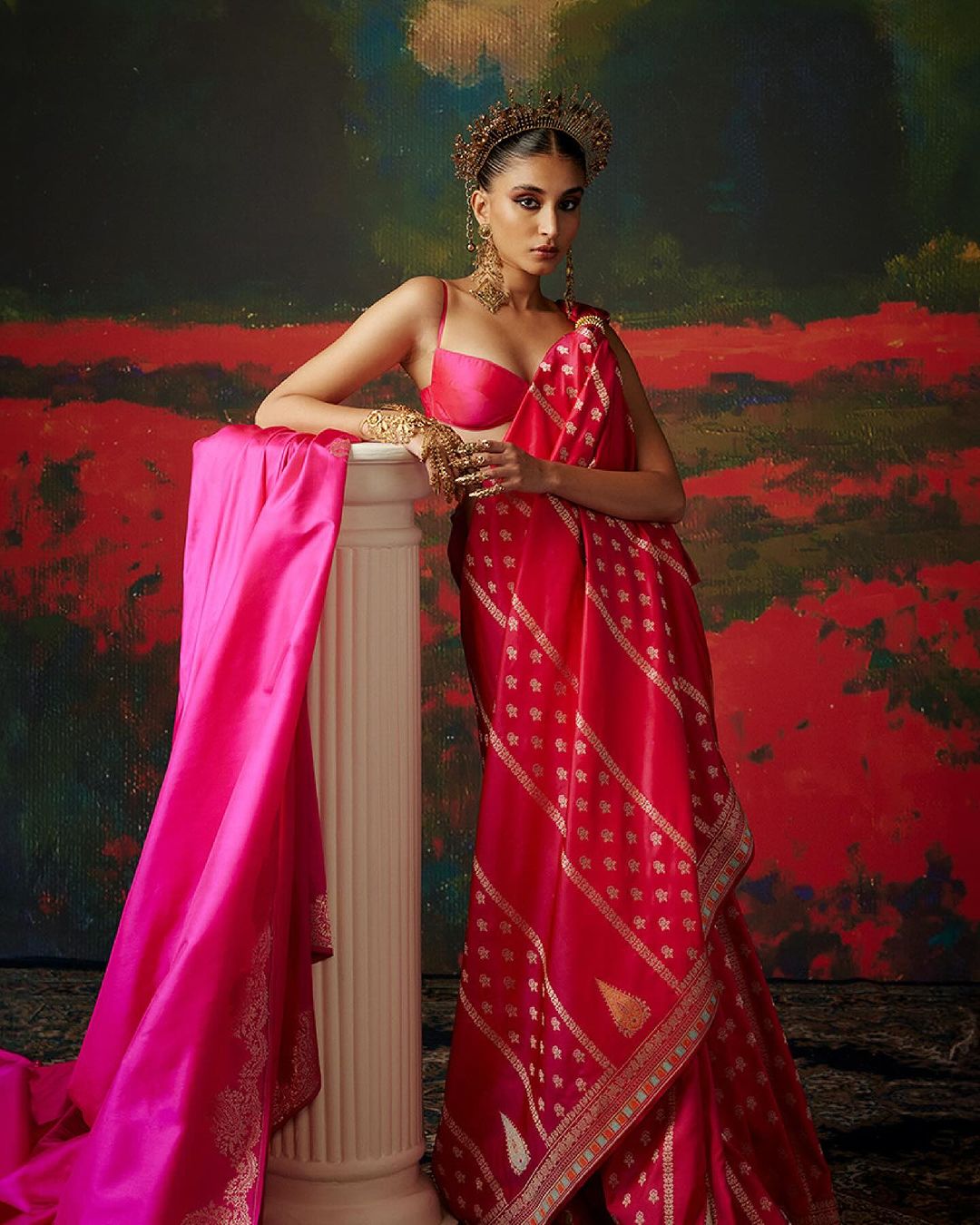
Ekaya
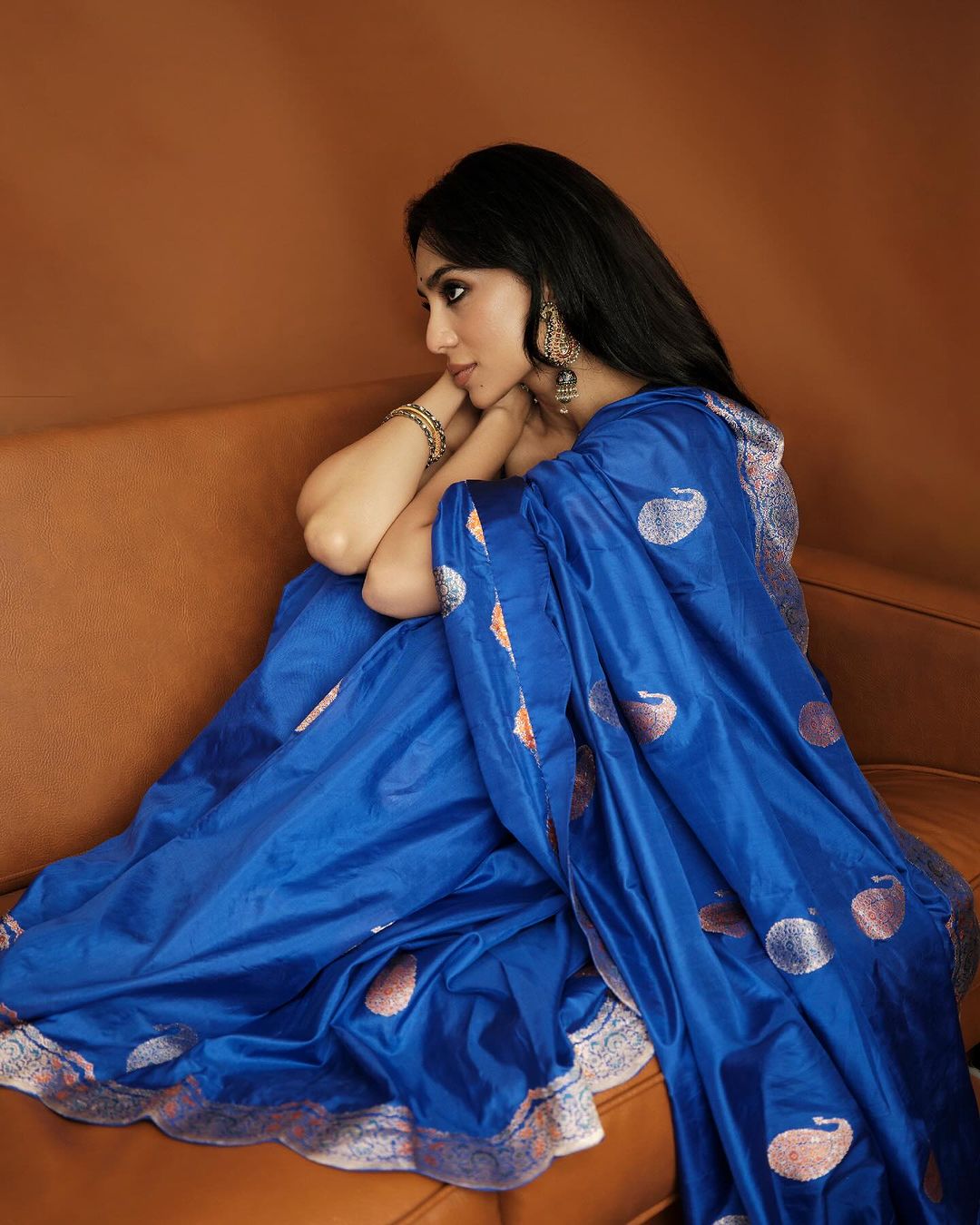
Sobhita Dhulipala in Ekaya
Block Printing
The art of block printing has left an indelible mark on Indian fashion with the vibrant canvas of colour and vivacious character that it boasts. Across the vibrant landscape of Indian textile art, Punit Balana showcases his penchant for reimagining block prints with contemporary co-ords, skirts and summery dresses. His designs marry traditional motifs with modern cuts, creating pieces that resonate with new-age choices. On the other hand, Avacara keeps the tradition firmly rooted with classic silhouettes, offering staple looks perfect for year-round festivities.
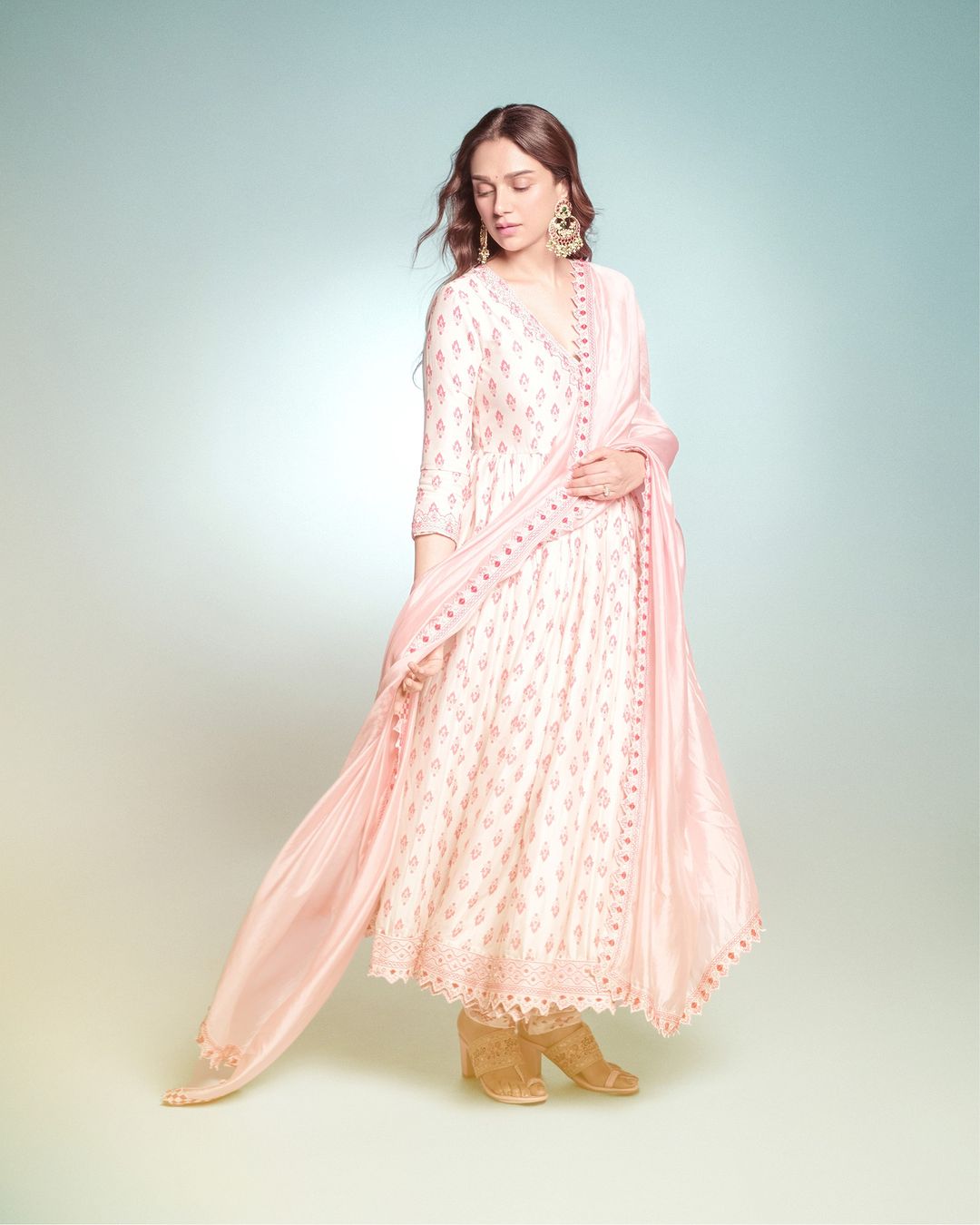
Aditi Rao Hydari in Punit Balana
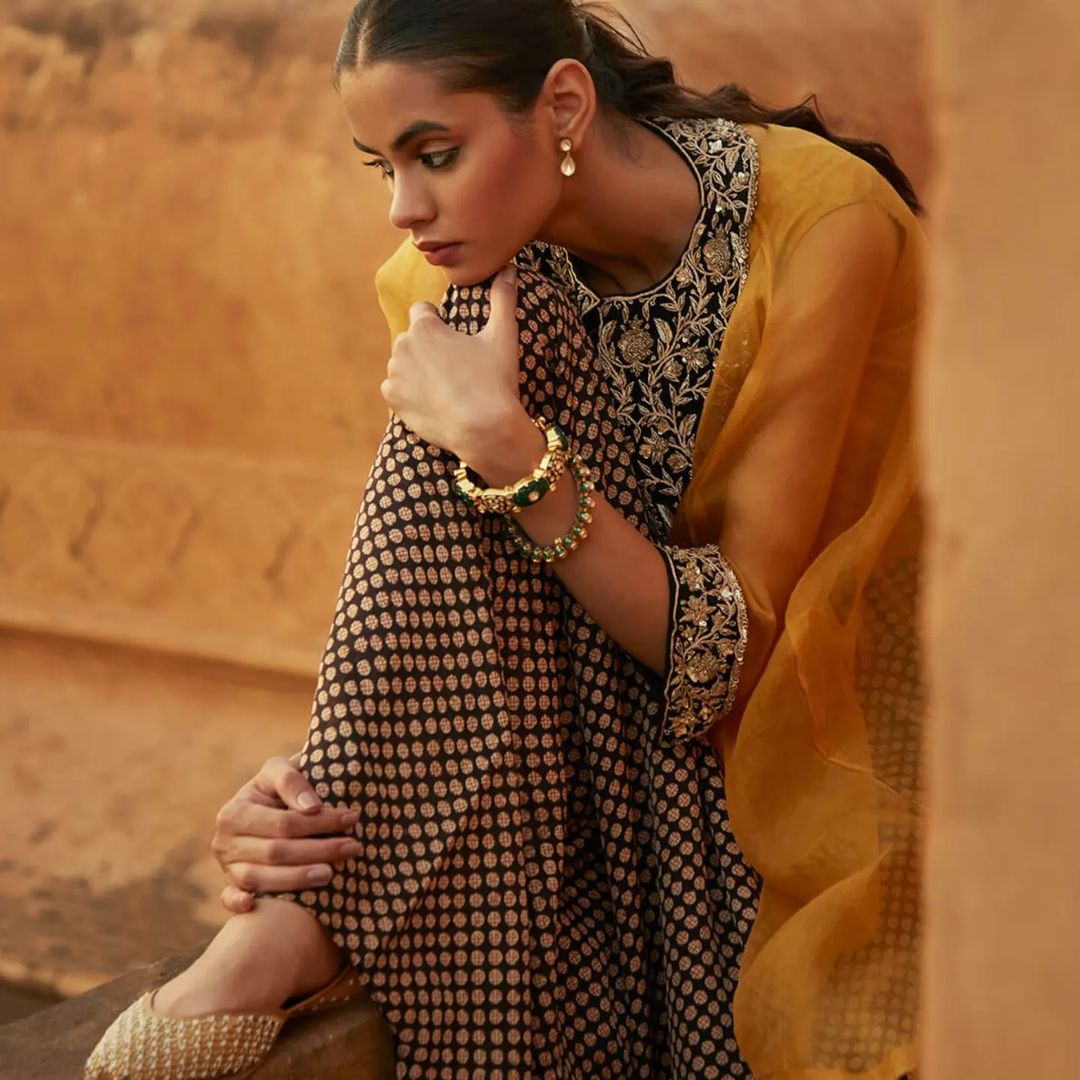
Avacara
Zardozi Embroidery
Zardozi’s literal meaning hails from Persian words—’zar’ translating into ‘gold’ and dozi as ’embroidery’. The decadent old gold embroidery has today become the method of needlework using metal thread to create intricate motifs and patterns. Ritu Kumar has masterfully adapted zardozi embroidery onto her signature couture creations— her collections seamlessly explore both classic and contemporary aesthetics. Similarly, Jayanti Reddy makes a compelling case for the opulence of zardozi handwork by showcasing it on jewel-toned silks, highlighting the luxurious texture and intricate detailing of the embroidery.
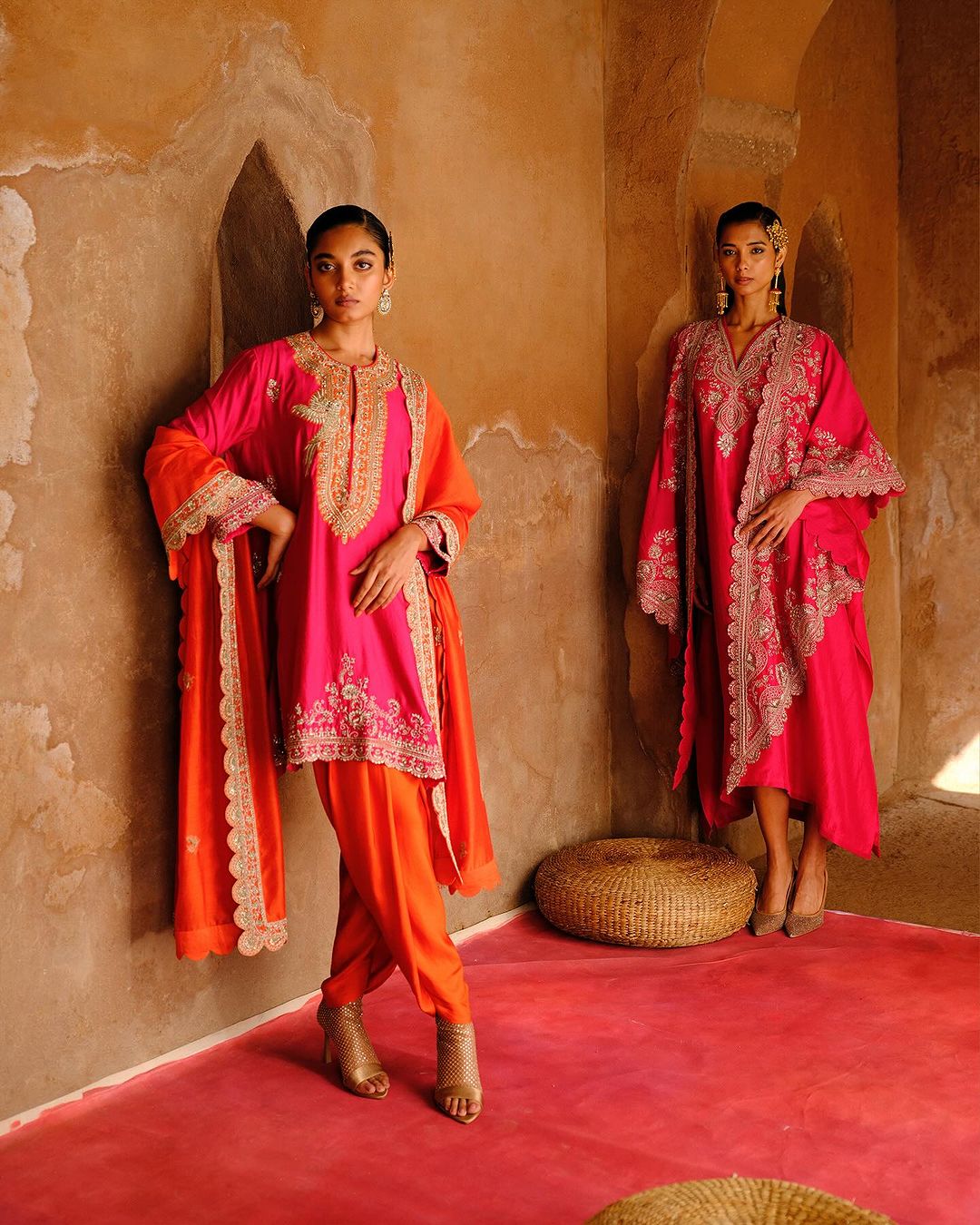
Jayanti Reddy
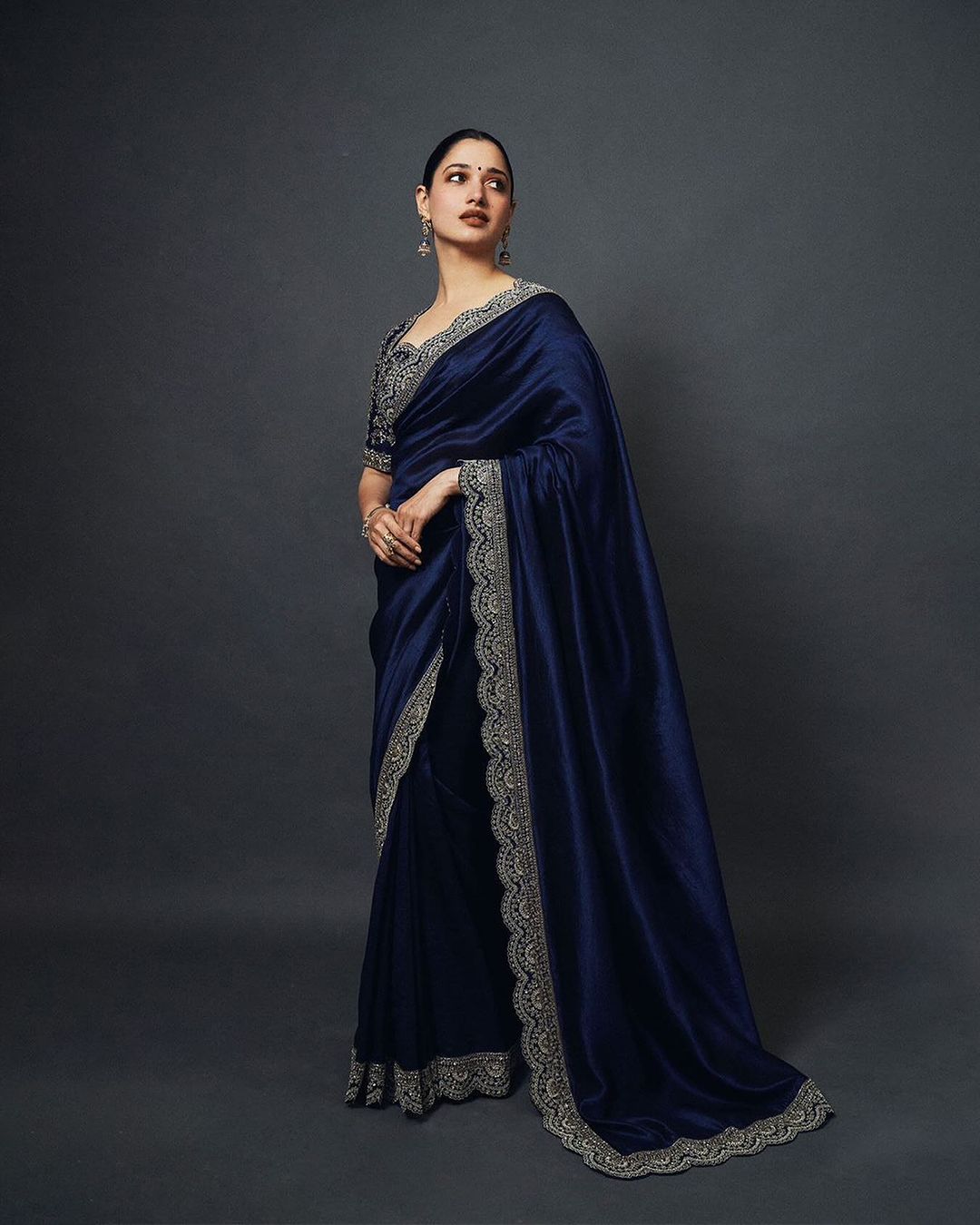
Tamanna Bhatia in Jayanti Reddy
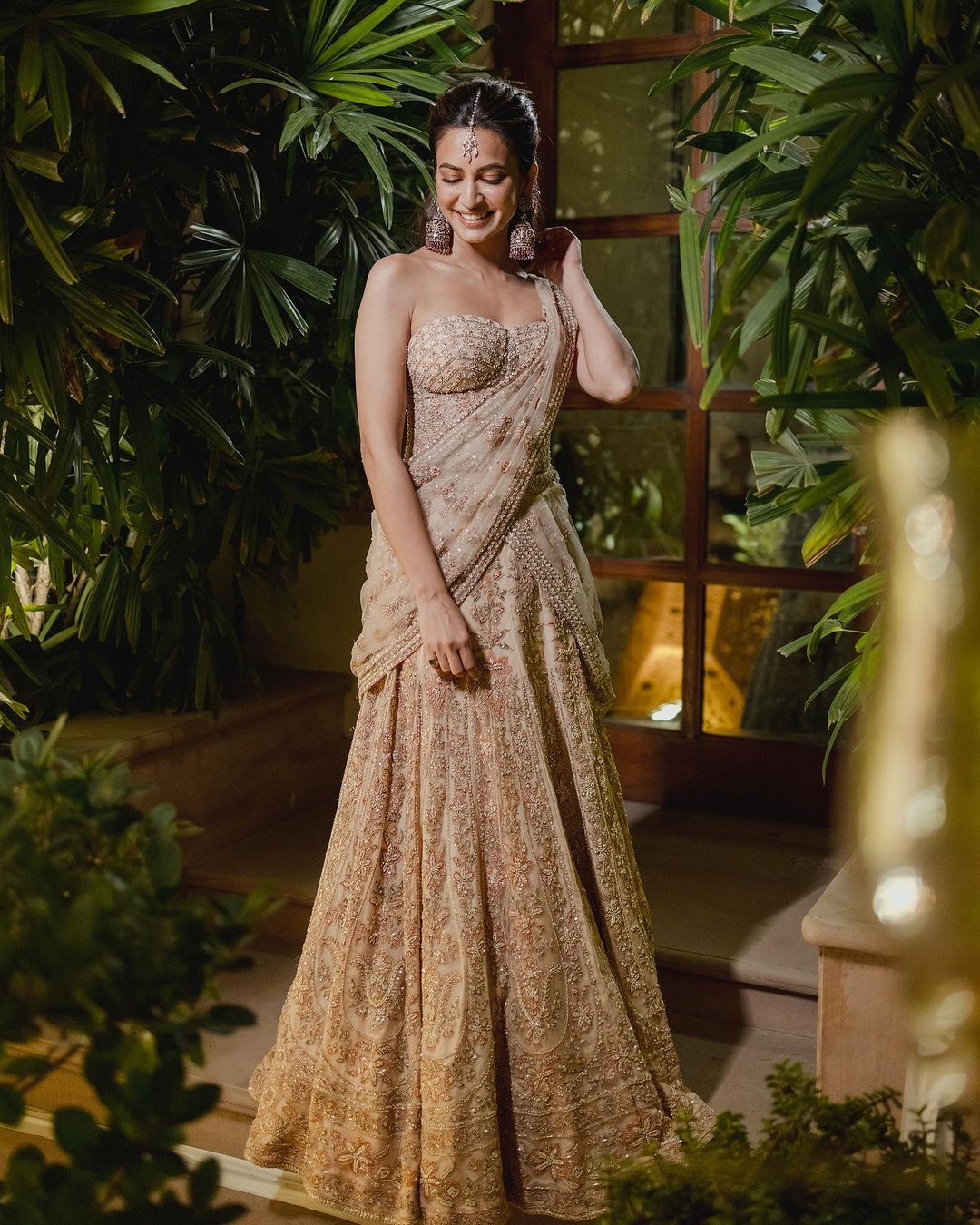
Kriti Kharbanda in Ritu Kumar
Mirror Work
Tracing back to the 13th century, the mirror work embroidery, traditionally known as sheesh and abhala bharat handwork is a captivating way of attaching small mirrors in artsy patterns on the fabric. Abhinav Mishra masterfully kept this ancient craft relevant by incorporating it into vibrant lehengas and saris adorned with mirror work, reflecting a perfect balance of heritage and a fresh take. Tamanna Punjabi Kapoor has made a compelling case for high-shine mirror work by incorporating it into glamourised shararas, gowns, and lehengas.
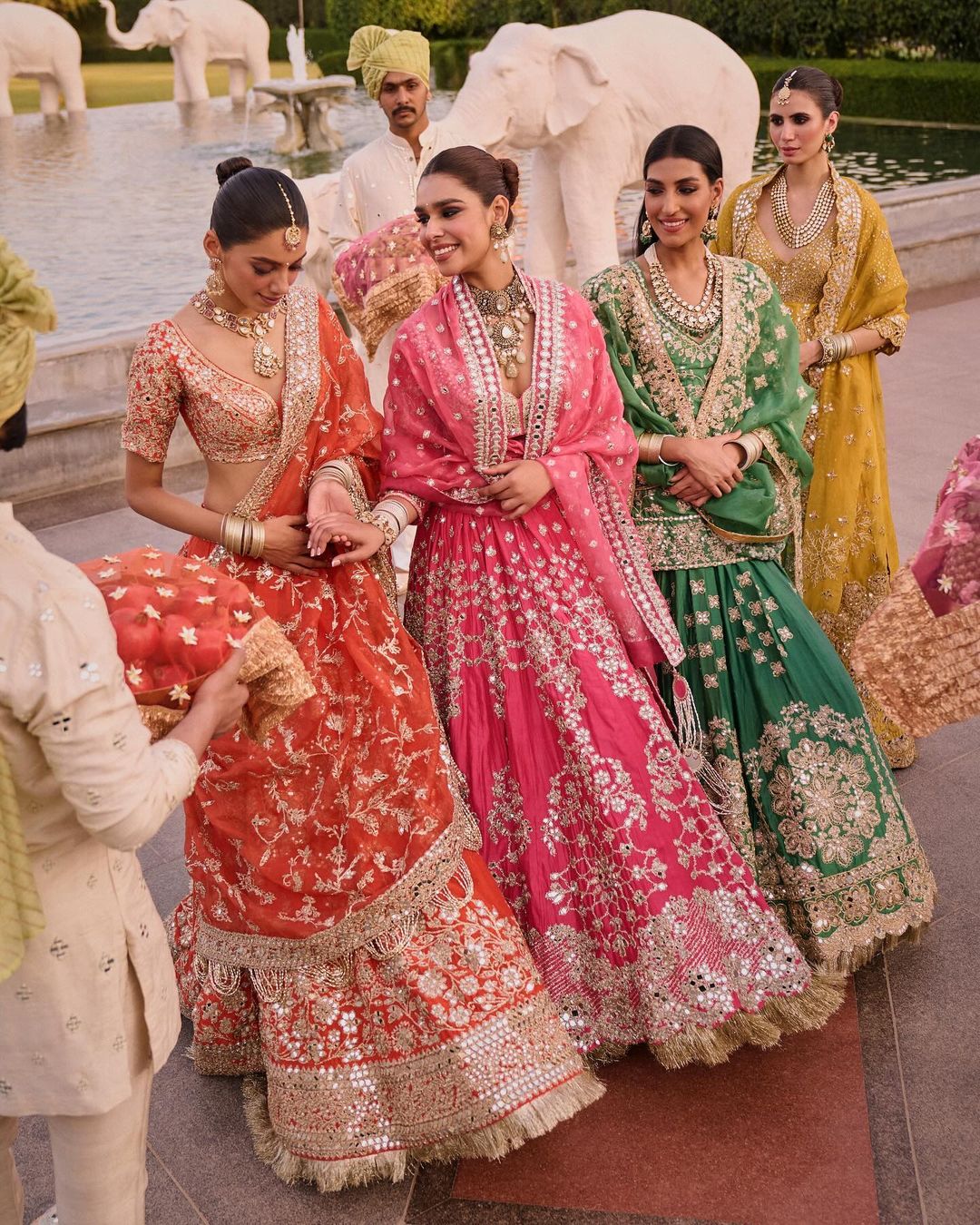
Abhinav Mishra

Sonam Kapoor in Abhinav Mishra

Tamanna Punjabi Kapoor
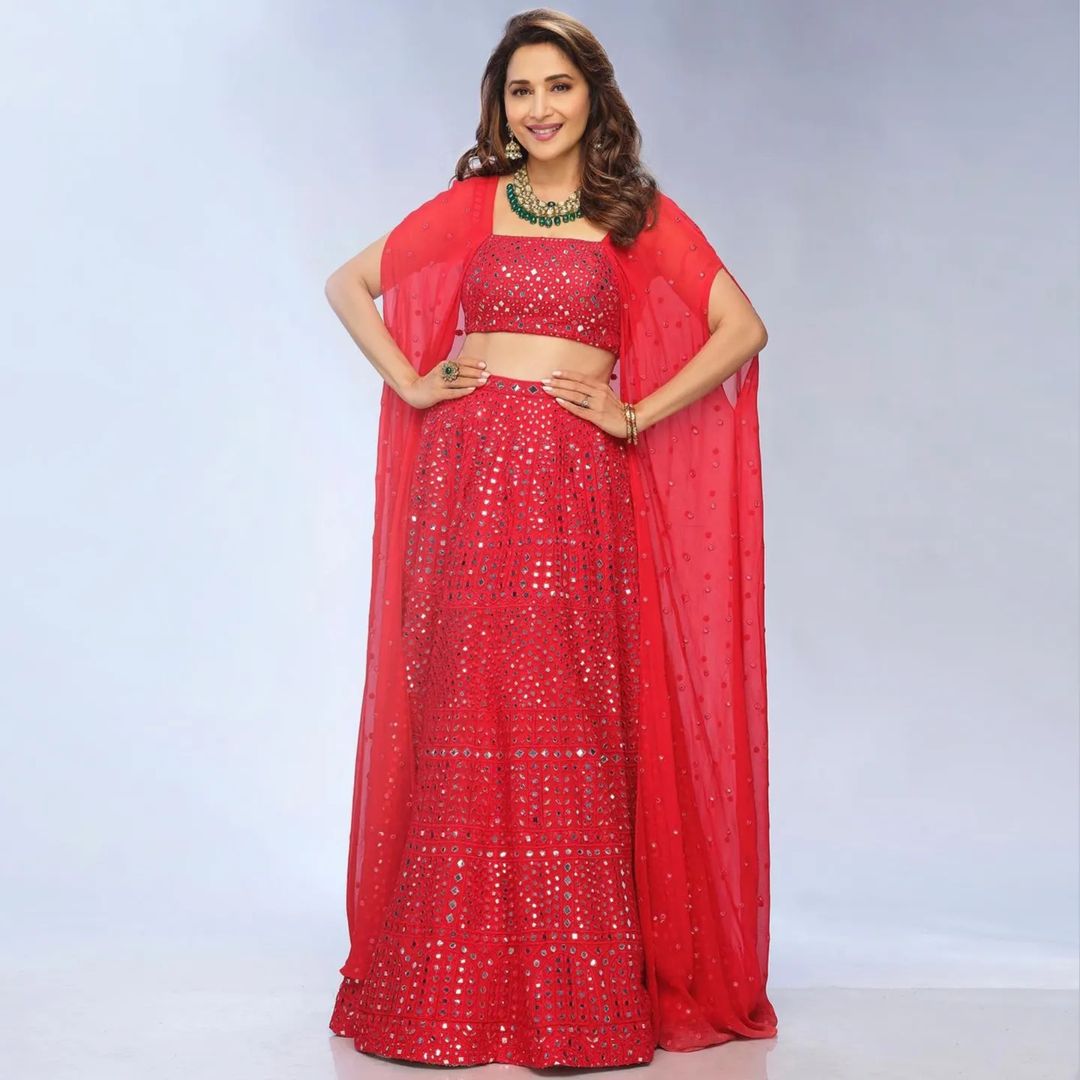
Madhuri Dixit Nene in Tamanna Punjabi Kapoor
The appreciation of these fine embroidery have increased multifold as revivalist designers interpret it in new-age aesthetics to reckon with the modern women of today.

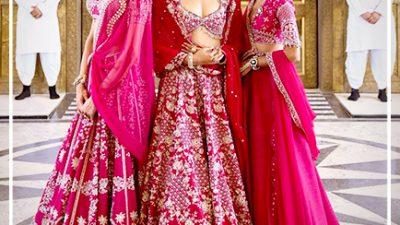

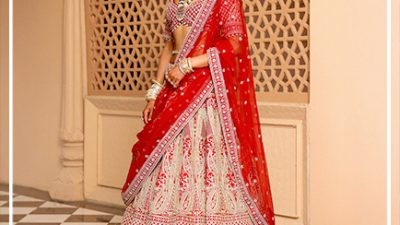
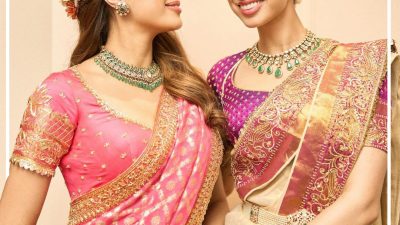
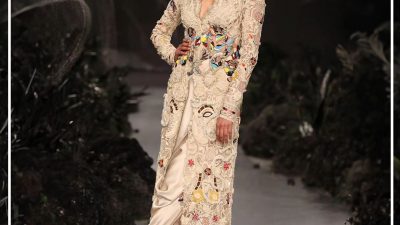

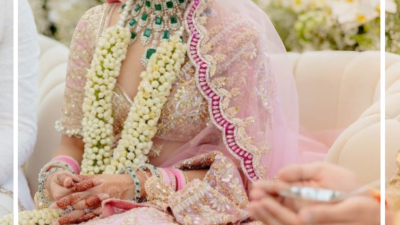

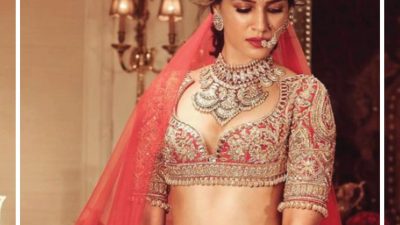
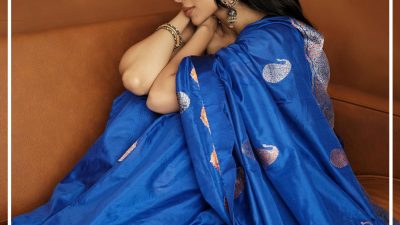
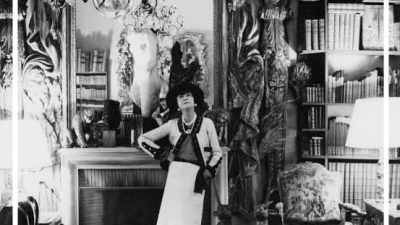
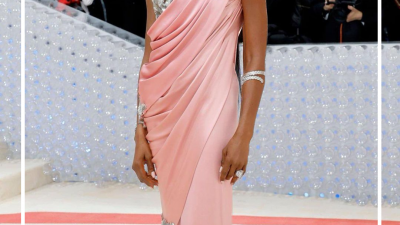
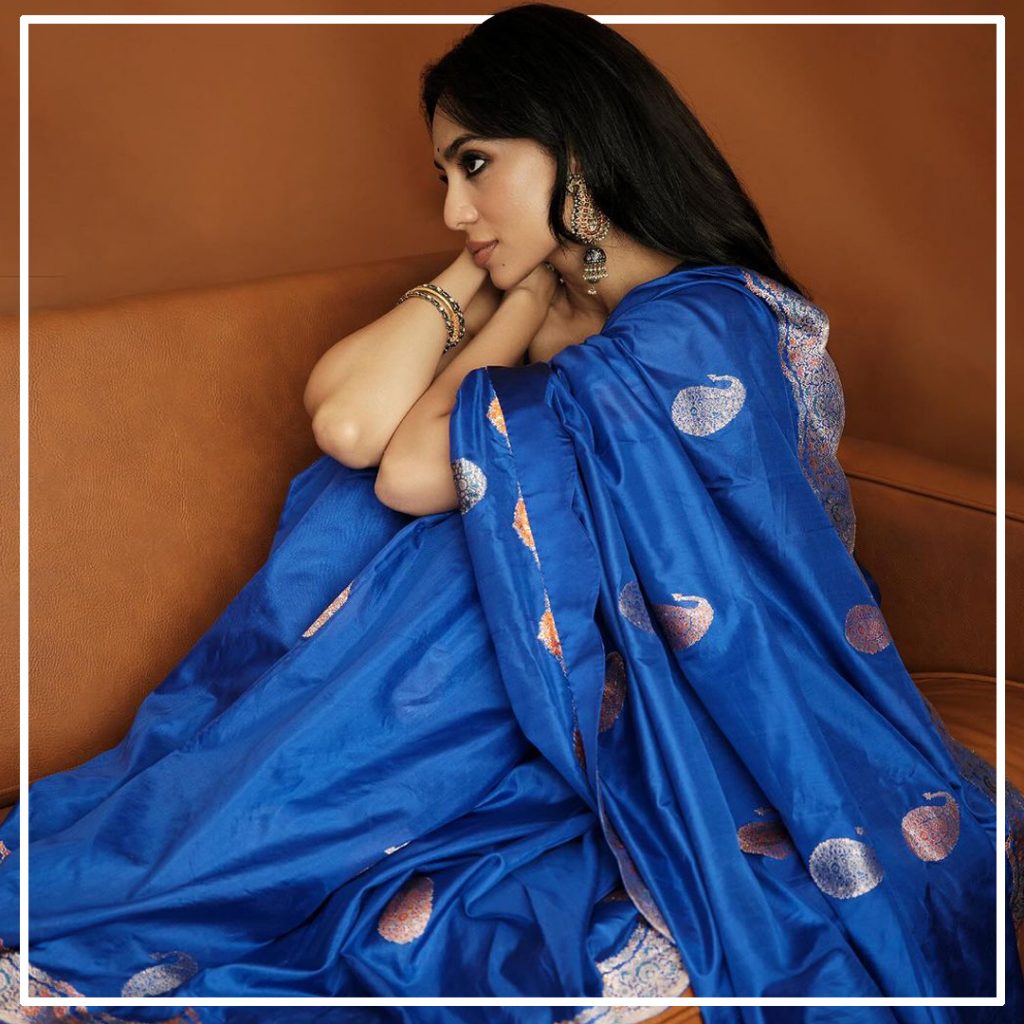
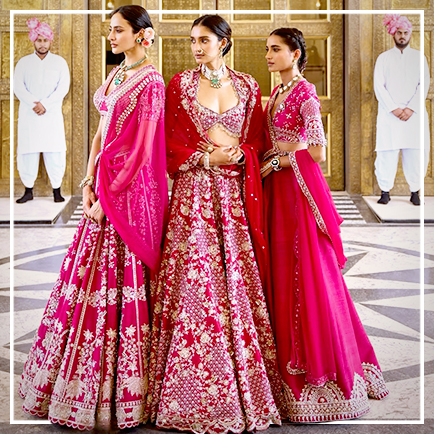

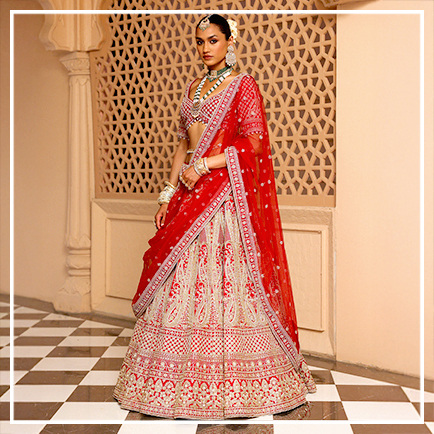


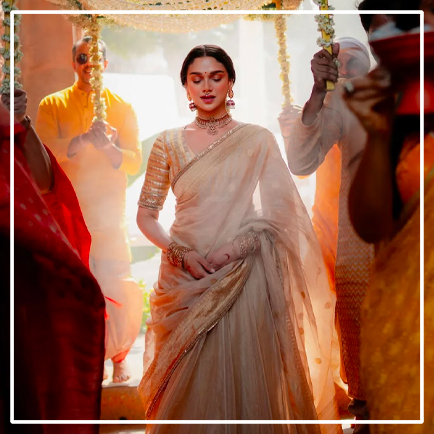
Comments